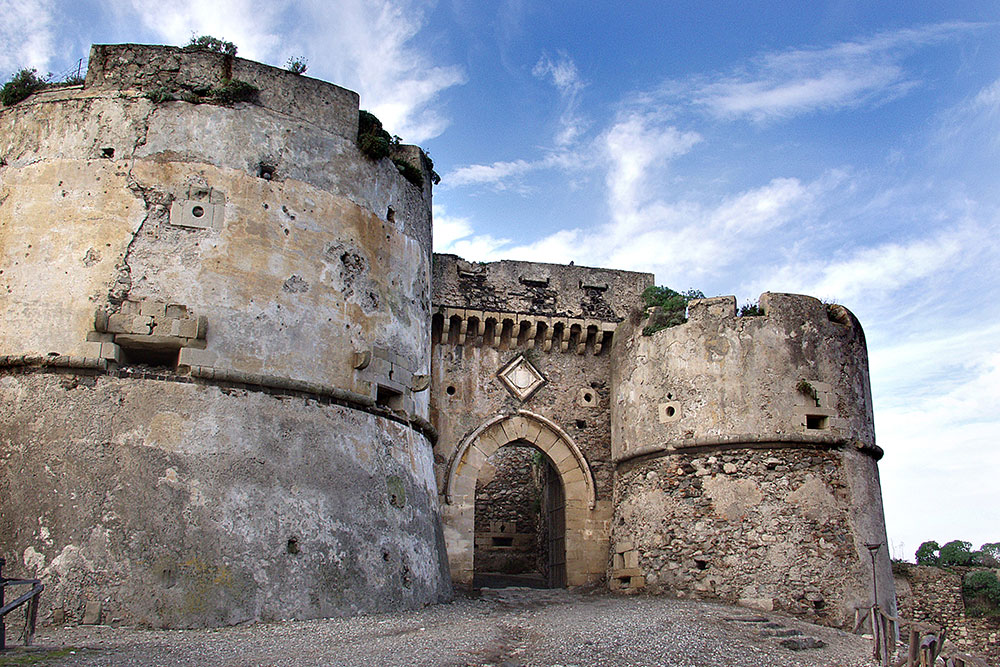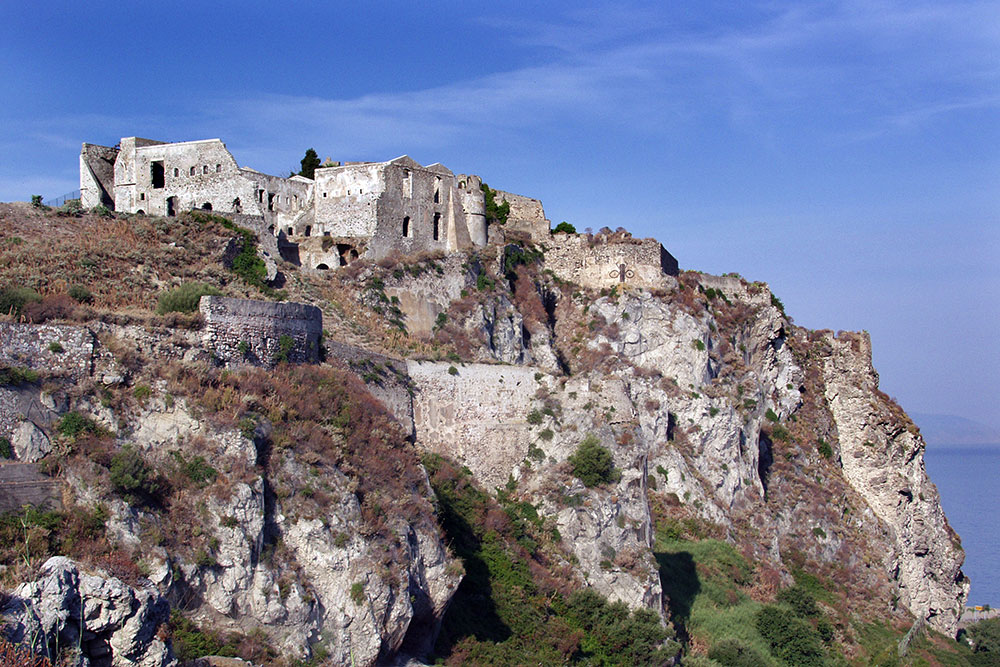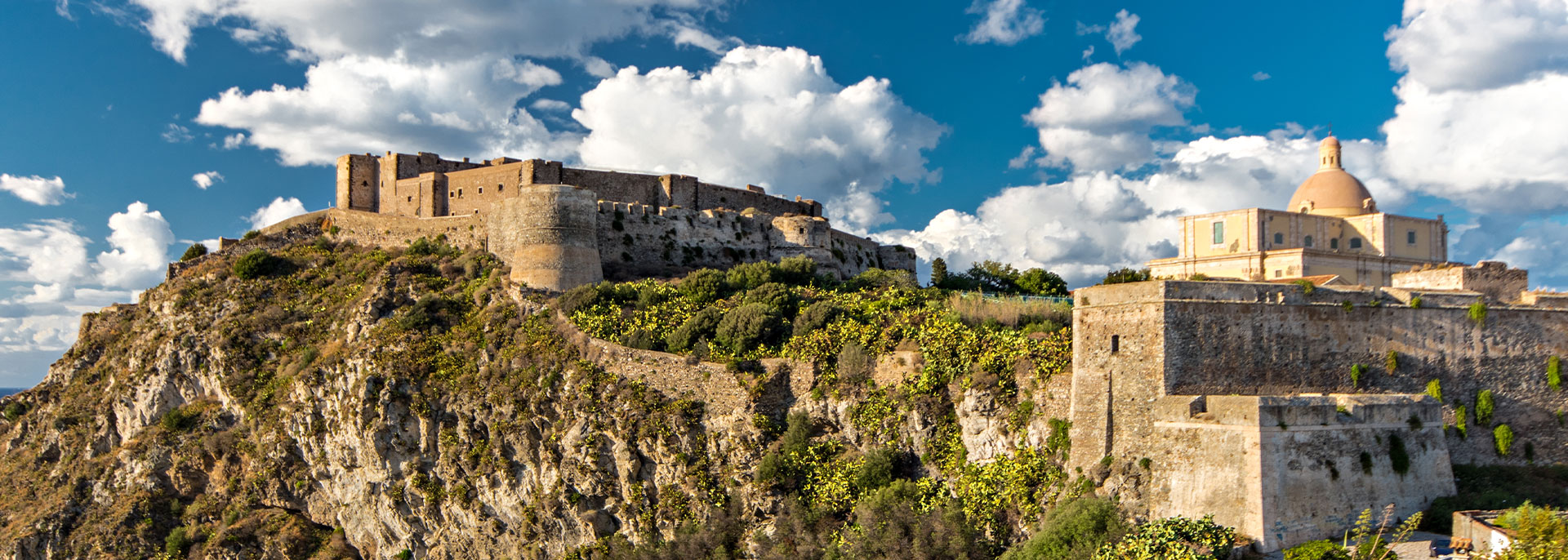They were part of the same system of advanced fortification works to increase and improve its defense capabilities. Their construction was decided by the viceroy Duke of Cabrera and it was entrusted to an illustrious figure of the artistic culture of the island, the painter Pietro Novelli who was the architect expert in fortifications. This defensive work started in 1644 and it was completed in 1646.

The three ravelins
Two of the three ravelins, in the form of small bulwarks, were placed as a "pincer" at the two ends of the long barrage. The first, on the south-west front with the name of "bastion of the foundry", so called for its proximity to a melting furnace for ammunition and cannons, placed inside a large compartment of the adjacent wall; the second, on the north-east front, with the name of "semi-bulwark of the Islands", placed on the major bastion of the same name.
The third, in the center of the main front and facing east, is known as the "rivellino di San Giovanni". It has a pentagonal plan and, unlike the first two, it has an entrance on one of the sides which can be accessed easily. A wooden bridge, where there was the original walkway, connects the ravelin to the wall behind it.
Terranova C.P., La città murata. Dalla visita al "memorabile viaggio.", in Milazzo Nostra n. 28-29 - Marzo-Luglio 2011, pp. 21-22








